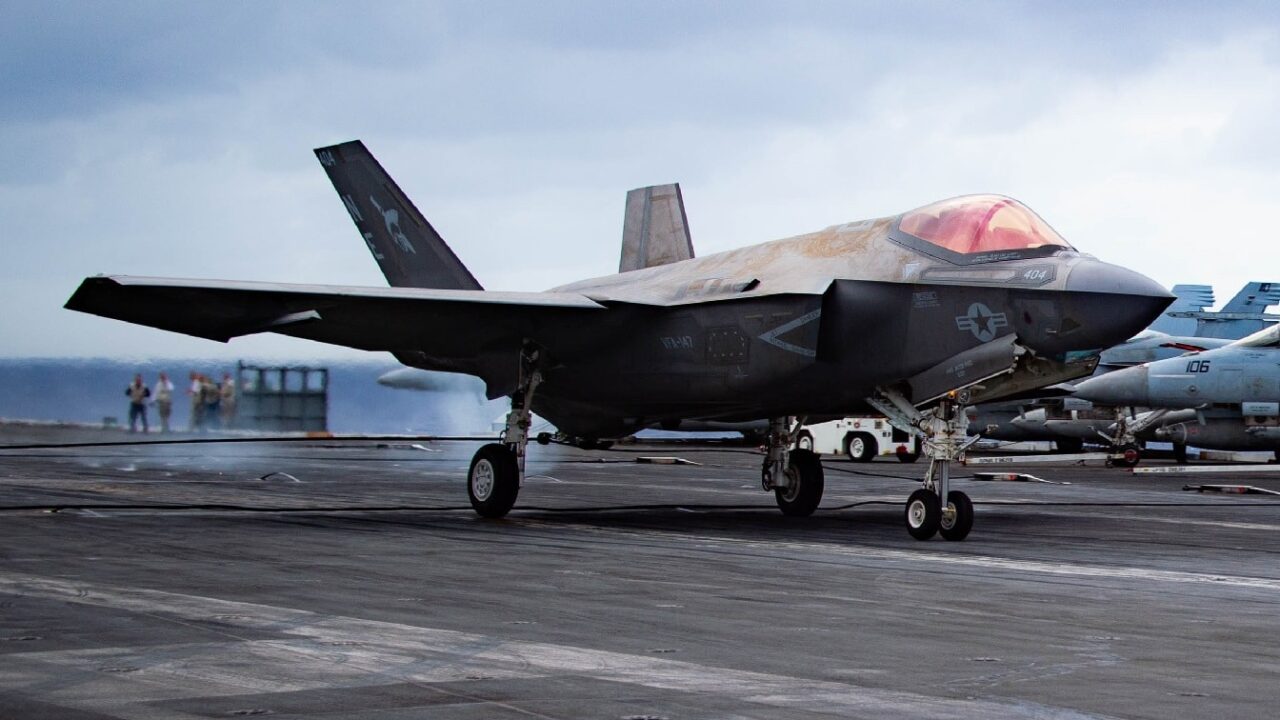Flying Hours of the Air Force and Navy on Decline: U.S. military pilots have long been known as “flyboys,” and while that term could be outdated as there are an increasing number of female pilots, the fact also remains that the pilots are spending less time actually flying. According to a new report from the Congressional Budget Office (CBO), United States Air Force and Navy aircraft (which in the report includes the U.S. Marine Corps) flying hours and availability have declined over the past two decades.
The trend has been even more pronounced than original Pentagon assessments due to how aircraft have been accounted for. Aircraft availability rates declined in both the Air Force and the Department of Navy (which encompasses both the Navy and Marine Corps), while the decline rate was more marked in the DoN. This was driven by a marked decline in the availability of the legacy F/A-18C/D Hornets, and the availability rates of the DoN’s fighters and attack aircraft fell considerably more than those of the Air Force’s combat fighter and attack aircraft.
Across the services, flying hours per aircraft have also been on the decline.
During the early months of the novel coronavirus pandemic, fleet-wide availability rates increased in the Air Force, and the DoN flight hours actually increased – but then flying hours declined for the services as the pandemic continued with the Air Force’s decline being proportionally greater.
“The Air Force had 304 F-15Cs in 2019,” the report stated. “During that year, an average of 121 planes were mission capable and possessed by operators, according to military data. The data also indicate that 110 jets were coded as mission capable but could not be flown on combat or training missions because 17 were undergoing depot-level maintenance and 93 were in storage.”
In addition, the available rates for the DoN’s aircraft fell from 48 percent in 2015 and 2016 to 45 percent in 2017, 42 percent in 2018, and 40 percent in 2019; while both the Air Force’s and DoN’s availability rates rose in 2020 (at the start of the pandemic).
Bringing down the DoN’s availability has certainly been the aforementioned fleet of Hornets.
“The availability rates for DoN’s F/A-18C/Ds have been considerably lower than the rates for the Air Force’s F-15C/Ds and F-16C/Ds. Availability rates for DoN’s F/A-18E/Fs have been closer to the rates for the Air Force’s F-15C/Ds. However, F-15C/Ds are roughly 20 years older, on average, than F/A-18E/Fs,” the report found. “F/A-18E/F fighters have flown more hours per aircraft per year than the older F-15C/Ds, F-16C/Ds, and F/A-18C/Ds. Flying hours per fighter have declined for all four types of aircraft.”
The availability rates of the DoN’s helicopters and tiltrotor aircraft have also fallen below the Air Force’s rates. However, while both services operate helicopters and tiltrotor aircraft, those platforms make up a much larger fraction of DoN’s fleet, representing 34 percent of its total fleet compared with just 3 percent of the Air Force’s fleet. The CBO found that the trends for those aircraft are consistent with fleet-wide in both services.
The silver lining is that with the services flying fewer hours, more spare parts may have been available to complete maintenance, increasing the number of aircraft that were available, the report also noted. “Or fewer flying hours may have reduced the chances that available aircraft would experience problems and need repairs.”
Peter Suciu is a Michigan-based writer who has contributed to more than four dozen magazines, newspapers and websites. He regularly writes about military small arms, and is the author of several books on military headgear including A Gallery of Military Headdress, which is available on Amazon.com.

